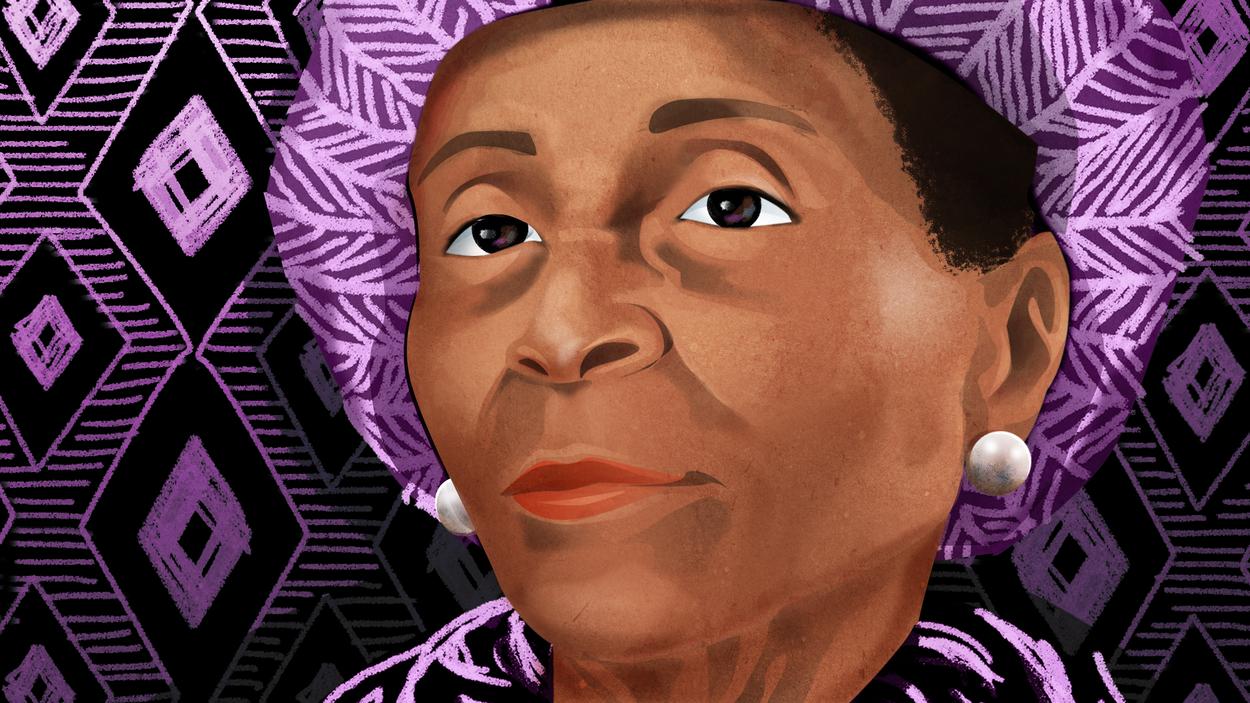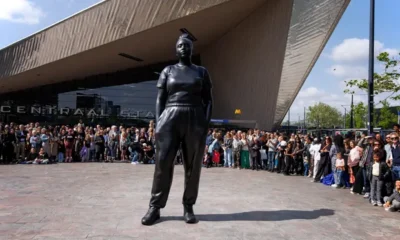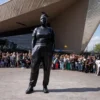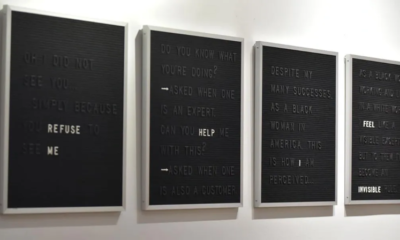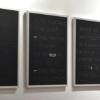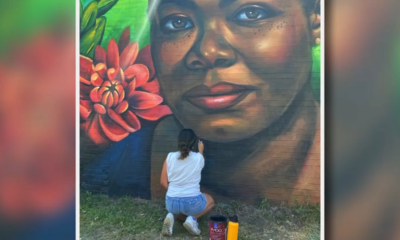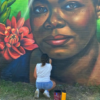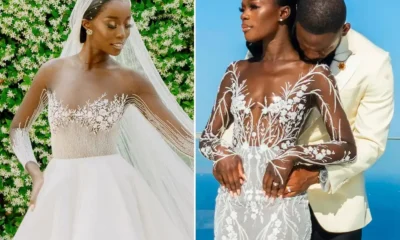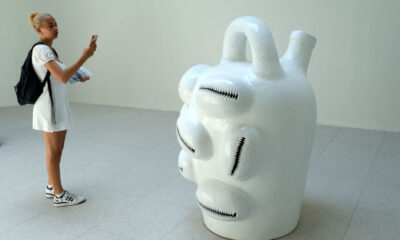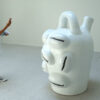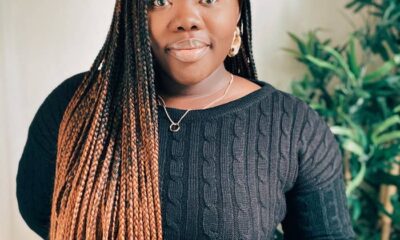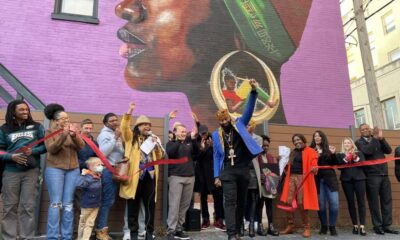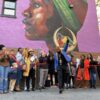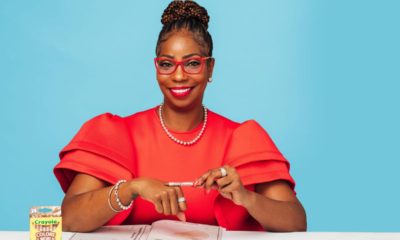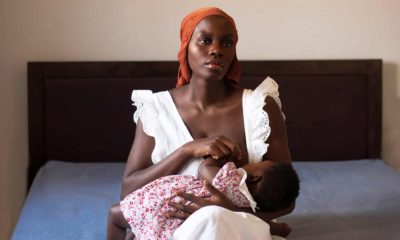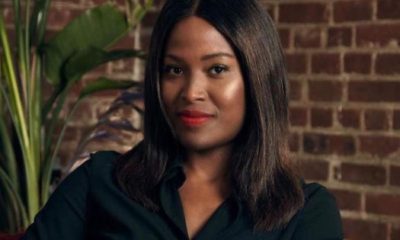Black Women in Arts
The Woman Who Helped Birth a Black Artistic Renaissance in Chicago
In the 1940s, Margaret Taylor Burroughs bolstered the careers of some of Chicago’s most iconic artists by holding culture salons in her barn and later starting an African American museum in her home.
The guests sat on the floor, sipping martinis or coffee and pondering society’s great problems until the wee hours of the morning, sometimes the next afternoon. A gentleman in the corner strummed on a guitar and gave Russian language lessons between songs. Paint and artist tools lay strewn across the floor. Gwendolyn Brooks, a decade before winning a Pulitzer Prize, would hang around, laughing and sharing secrets. At times, soon-to-be civil rights icon Paul Robeson or celebrated sculptor Elizabeth Catlett would swing by. The renowned painter Eldzier Cortor could sometimes be found there as well, alongside luminary poets like Margaret Walker and Langston Hughes.
This was the scene throughout the 1940s at Margaret Taylor Goss Burroughs’ old home in Bronzeville on the South Side of Chicago, as described in essays by Brooks and documented by various photographers. These cultural salons, which took place in Burroughs’ barn, helped incubate the creative practices of current day artistic icons, and are one of the reasons that Bronzeville is now known as the birthplace of the Chicago Black Renaissance. And if Bronzeville was the birthplace of that cultural reawakening, then Burroughs—an artist, poet, and educator who eventually founded Chicago’s DuSable Museum of African American History—is one of the godmothers.
Burroughs was born in Louisiana in 1917 and brought to Chicago by her parents at the age of five. She attended the (then) predominantly white Englewood High School with a number of Black friends, many of whom would eventually become the celebrated artists at her cultural salons. She joined the youth council of the NAACP, and was an inaugural member of an Arts and Crafts Guild with fellow teensinterested in furthering the study and creation of Black art. For her and her peers, art making was about more than creative expression—it was about Black people’s ability to define their own narrative, and it was intimately intertwined with politics and activism.
“[I]f all black men and women would mass themselves in solid opposition to war, we would see America really being American to BLACK AMERICANS,” wrote a 23-year-old Burroughs in 1940 in a column for The Chicago Defender. “Fighting for this ideal, black women would be laying a firm foundation for the future of this country lifting ourselves up and off the lowest rung of the economic ladder and insuring that one-third of the nation which is ill-housed, ill-clothed and ill-fed [gets] a new birth.”
That same year, after extensive fundraising, Burroughs and members of her artistic community bought a building across the street from her home to start the South Side Community Arts Center, a three-story mecca for writers and artists. The center’s operations were initially funded by the Works Progress Association, and the opening ceremony was broadcast nationwide on CBS radio and attended by the likes of …
Please read more- The Woman Who Helped Birth a Black Artistic Renaissance in Chicago



